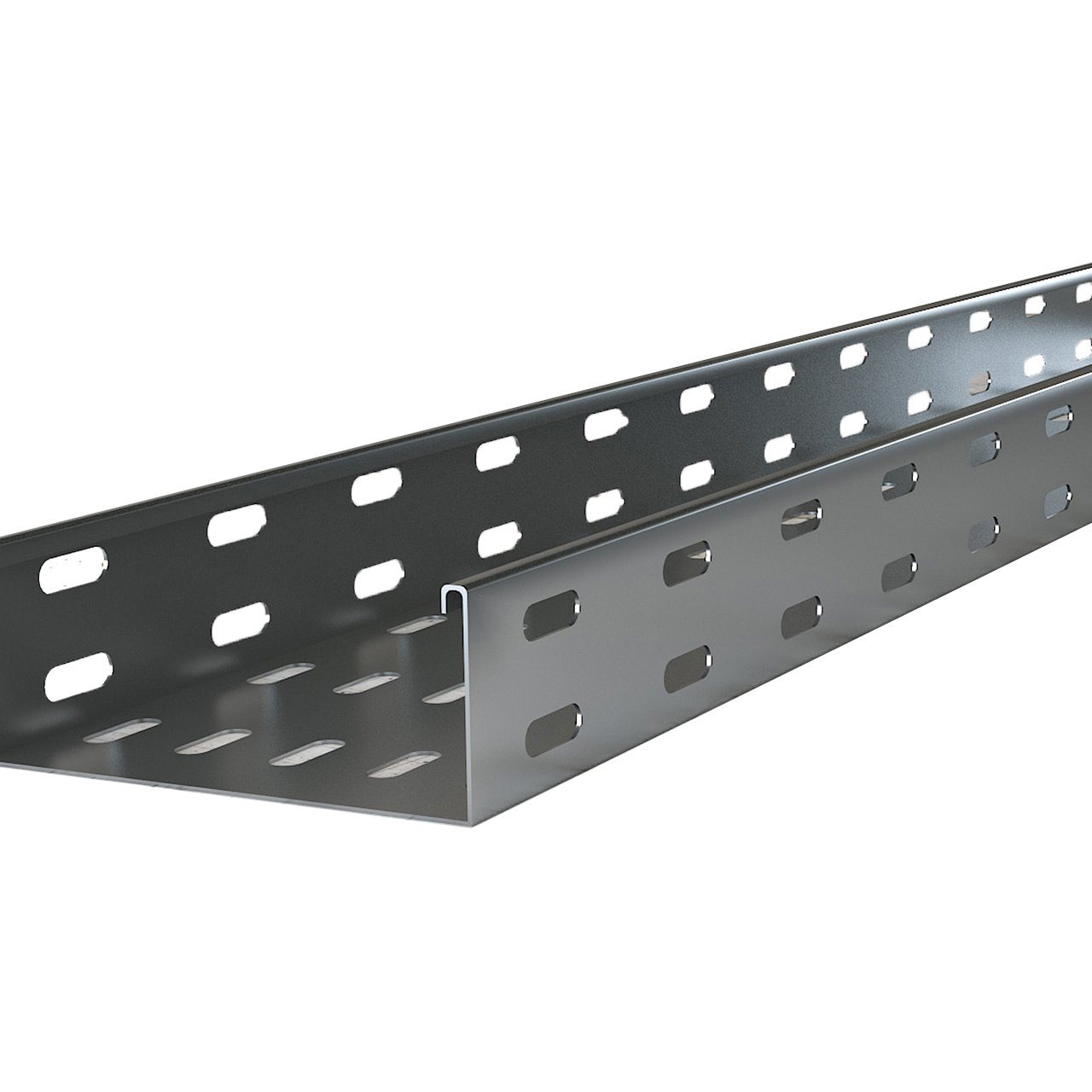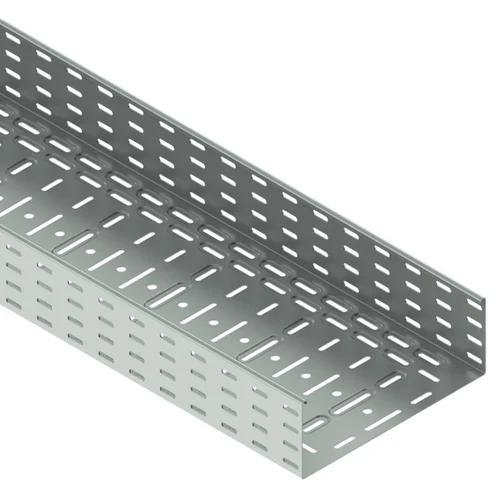Cable management is an essential aspect of electrical installations, ensuring the safe and efficient distribution of power and data throughout a building or facility. With the increasing complexity of electrical systems and the demand for smarter infrastructure, traditional cable management systems are becoming outdated. Autonomous cable trays offer a cutting-edge solution that leverages advanced technology to automate and optimize cable organization, maintenance, and safety.
In this article, we will explore what autonomous cable trays are, how they work, and the benefits they offer compared to traditional cable management systems. We will also discuss some of the challenges and considerations involved in implementing autonomous cable trays in different environments.
What are Autonomous Cable Trays?
Autonomous cable trays are intelligent cable management systems that use sensors, artificial intelligence (AI), and machine learning algorithms to monitor and control the cables within the tray. These systems can detect changes in temperature, humidity, vibration, and other environmental factors that may affect the performance and safety of the cables.
Autonomous cable trays are typically made of materials such as steel or aluminum and come in various sizes and configurations to accommodate different types of cables and wiring layouts. They are equipped with sensors that collect data on cable temperature, load capacity, and other parameters, which is then transmitted to a central control system.

How do Autonomous Cable Trays Work?
The operation of autonomous cable trays involves several key components:
1. Sensors: The sensors in autonomous cable trays monitor the cables for any signs of overheating, overloading, damage, or deformation. They can also detect changes in the environment that may impact the cables, such as humidity or temperature fluctuations.
2. Control System: The control system receives data from the sensors and uses AI algorithms to analyze it in real-time. Based on this analysis, the control system can make decisions about how to optimize cable management, such as adjusting the position of the cables, rerouting power flows, or alerting maintenance personnel to potential issues.
3. Actuators: Autonomous cable trays are equipped with actuators that can move the cables within the tray based on the instructions received from the control system. These actuators can adjust the position of the cables to prevent overheating or overloading, facilitate maintenance and repair work, or optimize cable organization.
4. Communication: Autonomous cable trays can communicate with other devices and systems in the network, such as building automation systems or energy management systems. This allows for seamless integration and coordination between different components of the electrical installation.
Benefits of Autonomous Cable Trays
Autonomous cable trays offer several benefits compared to traditional cable management systems, including:
1. Improved Safety: Autonomous cable trays can detect and prevent potential hazards such as overheating, overloading, or damage, reducing the risk of fires, electrical accidents, or equipment failure.
2. Increased Efficiency: By optimizing cable management and power flows, autonomous cable trays can improve the efficiency of electrical installations, reducing energy waste, lowering operating costs, and enhancing overall system performance.
3. Reduced Maintenance Costs: Autonomous cable trays can identify potential issues before they become major problems, reducing the need for costly repairs, downtime, or replacement of damaged cables.
4. Enhanced Flexibility: Autonomous cable trays can adapt to changing conditions and requirements, making it easier to modify or expand electrical installations as needed without disrupting existing infrastructure.
5. Better Data Management: Autonomous cable trays can collect and analyze data on cable performance and usage patterns, providing valuable insights for planning, decision-making, and predictive maintenance.
Challenges and Considerations
While autonomous cable trays offer many benefits, there are also some challenges and considerations to keep in mind when implementing them in different environments. These include:
1. Cost: Autonomous cable trays can be more expensive than traditional cable management systems due to the advanced technology and sensors involved. However, the long-term benefits in terms of safety, efficiency, and maintenance savings may justify the higher upfront cost.
2. Integration: Autonomous cable trays need to be integrated with other devices and systems in the network, such as building automation systems or energy management systems. This requires careful planning, coordination, and testing to ensure seamless communication and compatibility.
3. Training: Maintenance personnel and other stakeholders may require training and education to understand how autonomous cable trays work, interpret sensor data, and respond to alerts or alarms.
4. Security: Autonomous cable trays rely on wireless communication and data transfer, which may be vulnerable to cyber attacks or unauthorized access. It is important to implement robust security measures to protect against these risks.

Conclusion:
Autonomous cable trays represent a significant advancement in electrical wiring management, offering improved safety, efficiency, flexibility, and data management compared to traditional cable management systems. By leveraging advanced technologies such as sensors, AI, and machine learning, autonomous cable trays can optimize cable organization, maintenance, and safety, while reducing costs and downtime.
However, implementing autonomous cable trays also involves some challenges and considerations, such as cost, integration, training, and security. It is important to carefully evaluate the specific needs and requirements of each electrical installation and work with experienced professionals to ensure successful implementation and ongoing maintenance. As the demand for smarter and more efficient infrastructure continues to grow, autonomous cable trays are likely to become an increasingly important component of modern electrical installations.

